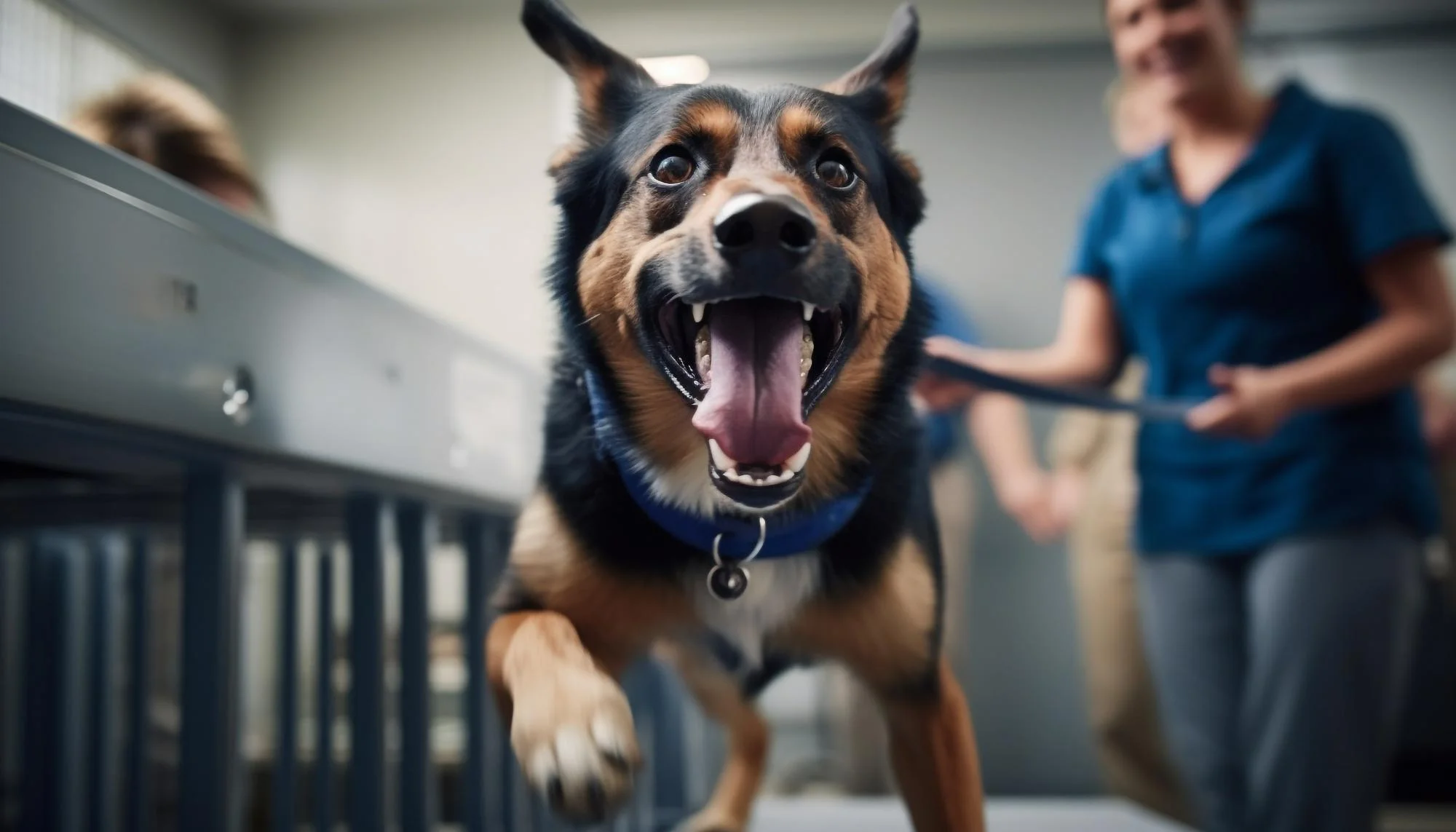A recent medical case report draws attention to the dangers of dog bites, which can result in catastrophic injuries even from pets considered part of the family. In a startling incident, a 69-year-old man suffered multiple open wrist fractures and a dislocation of the distal radioulnar joint following an attack by his pet pit bull terrier. The severity of the injury and the consequent complex medical intervention highlight the potential hazards of dog bites, prompting discussions about pet safety, animal behavior, and emergency medical response.
Detailed Assessment of the Canine-inflicted Trauma
Published in the “Radiology Case Reports” journal (DOI: 10.1016/j.radcr.2019.04.003), the case report by Annemarie A. Relyea-Chew and Felix S. Chew from the Department of Radiology at the University of Washington narrates the harrowing experience of the patient assaulted by his own dog. A detailed examination of the wounds using CT scans revealed that the canine teeth of the pit bull had latched deeply into the hamate and second metacarpal bones of the victim’s wrist. This grim evidence underscores the often underappreciated penetrating force and the damage that domestic dogs can inflict.
Surgical Intervention and Challenges
As per the report, the medical team had to perform surgical debridement, open reduction, and internal fixation, accompanied by bone grafting to treat the extensive damage. A particular challenge was the need to disengage the dog’s teeth, requiring careful maneuvering to free the limb without causing additional trauma to the patient.
Incidence and Implications of Dog Bite Injuries
Dog bites, while common, can range from minor nips to severe, life-altering injuries such as those suffered by the patient in this report. According to data compiled by Statista, dogs are one of the most popular pets in the United States, with millions of households owning them. This extensive ownership means that the potential for bites is significant (https://www.statista.com/statistics/198095/pets-in-the-united-states-by-type-in–2008/).
The implications of dog bite injuries are vast. As noted in the study “Dog bites: still a problem?” in “Injury Prevention,” dog bite incidents can encompass emotional trauma, physical injury, significant healthcare costs, and sometimes, legal complications (PubMed PMID: 18836045). The Centers for Disease Control and Prevention (CDC) have documented both fatalities and nonfatal injuries resulting from dog bites in several reports, pointing to a public health concern that necessitates active prevention and education efforts (PubMed PMID: 9182209, PubMed PMID: 12844076).
Research on Dog Bite Injuries and Prevention
Research by Golinko et al. in “Clinical Pediatrics” indicates that dog bite injuries are not uncommon and describe the characteristics of injuries at a single institution (PubMed PMID: 27400935). Moreover, understanding dog behavior, as explored in PLoS ONE by Stone et al., can also play a role in prevention. The study underlines the relationship between a dog’s morphology and behavior (PMC4771026).
One interesting facet of dog bite issues is managing bites from law enforcement (K–9) dogs, as highlighted in a publication in “Academic Emergency Medicine” (PubMed PMID: 8881545). This specialized area directs attention to trained dogs’ roles and how they can occasionally result in injury during the course of duty.
From an anatomical perspective, the research of Ellis et al. in the “Journal of Anatomy” diving into the cranial dimensions and the forces of biting in the domestic dog provides insights into the physical capabilities of canine jaws and the potential for damage (PMC2673787).
The Role of the Healthcare System in Addressing Dog Bite Injuries
The outlined case report not only documents a clinical instance but also underscores the vital role of the healthcare system — from radiology to surgery — in managing the aftermath of dog bite incidents. It raises awareness among healthcare professionals regarding the appropriate protocols for treating such injuries, including rabies prophylaxis, antibiotic coverage, wound management, and potentially complex surgical interventions.
Improving Safety Measures and Public Awareness
The incident brings to the fore the need for improved safety measures to prevent such bites and the importance of public awareness regarding the proper training and handling of dogs. Furthermore, it underlines the necessity for responsible pet ownership and education around dog behavior to mitigate the risk of attack.
Keywords
1. Dog bite injury
2. Open wrist fracture
3. Distal radioulnar joint dislocation
4. Canine bite force
5. Pit bull terrier attack
References
1. Relyea-Chew Annemarie A., Chew Felix S. Multiple open wrist fractures and dislocation of the distal radioulnar joint from a dog bite injury. Radiology case reports. 2020:837-841. DOI:10.1016/j.radcr.2019.04.003
2. Gilchrist J., Sacks J.J., White D., Kresnow M.J. Dog bites: still a problem? Inj Prev. 2008;14(Oct (5)):296–301. PubMed PMID: 18836045.
3. Centers for Disease Control and Prevention (CDC). Dog-bite-related fatalities—United States, 1995–1996. MMWR Morb Mortal Wkly Rep. 1997;46(May (21)):463–467. PubMed PMID: 9182209.
4. Centers for Disease Control and Prevention (CDC). Nonfatal dog bite-related injuries treated in hospital emergency departments—United States, 2001. MMWR Morb Mortal Wkly Rep. 2003;52(Jul (26)):605–610. PubMed PMID: 12844076.
5. Golinko M.S., Arslanian B., Williams J.K. Characteristics of 1616 consecutive dog bite injuries at a single institution. Clin Pediatr. 2017;56(Apr (4)):316–325. PubMed PMID: 27400935.
6. Stone H.R., McGreevy P.D., Starling M.J., Forkman B. Associations between domestic-dog morphology and behaviour scores in the dog mentality assessment. PLoS ONE. 2016;11(Feb (2)) eCollection 2016. PubMed PMID: 26919495 PMC4771026.
7. Ellis J.L., Thomason J., Kebreab E., Zubair K., France J. Cranial dimensions and forces of biting in the domestic dog. J. Anat. 2009;214:362–373. PMC2673787.
